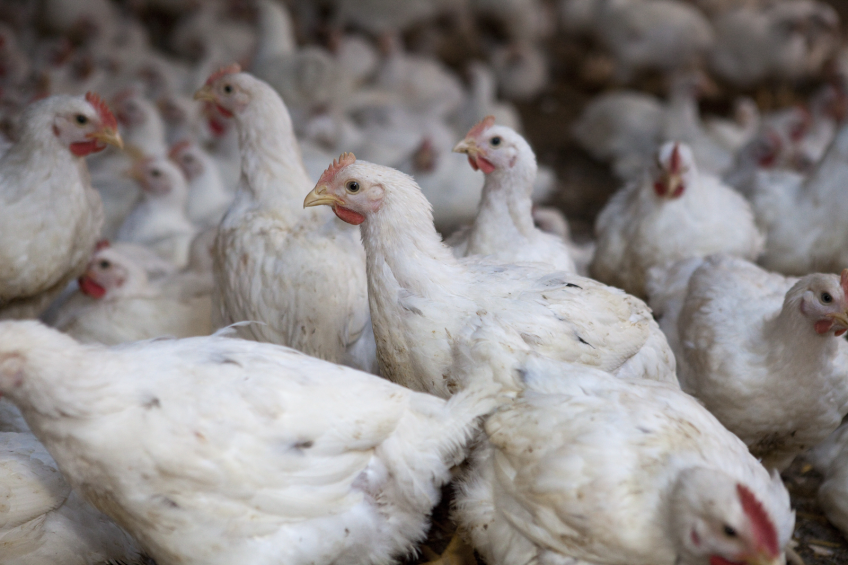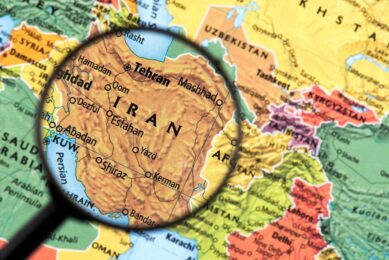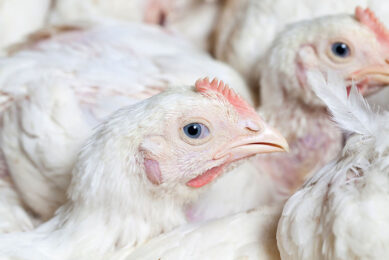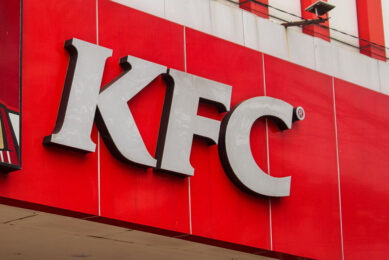Feed prices problematic for Russian poultry sector

Prices for poultry feed in Russia jumped nearly 20% in 2015 reaching an absolute record and look set to continue rising this year, according to official data from the Russian State Statistical Service.
Concurrently, prices for poultry meat and eggs are feeling the pressure of oversupply and together these trends most likely will cut poultry profitability in the country.
Poultry feed prices
The average price of broiler carcasses in Russia in February of 2016 amounted to RUB 118 (US$ 1.79) per kg, which is 5% lower than the same time last year. Meanwhile, the price of poultry feed during this period rose from RUB 15,786 (US$240) to RUB 17,599 (US$267).
Reports from the Russian Central Bank suggests that in 2016 a possible problem with harvest may cause a further rise in poultry feed prices. Bankruptcies of poultry facilities with a low level of profitability is therefore expected.
70% of production cost
Feed currently constitutes nearly 70% of the production cost of poultry meat and eggs in the country, according to estimations of the Russian Union of Feed Producers. As of the beginning of the year production of 1 kg of poultry meat requires 2.4 kg of feed, while to manufacture 10 eggs a producer has to cover the cost of 1.24 kg of feed.
As the result, the US$1 rise of cost for feed is causing an US$0.7 rise of production cost for poultry for producers. In addition due to the devaluation of rouble they also have to face rising prices for feed additives and premixes, which are mostly imported.
Hidden poultry feed market
The head of Russian Union of Feed Producers Valery Afanasiev states that it is hard to estimate the situation with poultry feed and poultry prices, since 30-40% of the market remains in the shadow and prices for this product are unknown. According to Russian State Statistical Service in 2015 farmers produced 13 million tonnes of poultry feed, while Russian Union of Poultry Farmers estimated actual demand at 16-17 million tonnes.
Russia imported almost no feed from abroad last year, so a significant market share of poultry feed is not represented in official statistical data. Given the fact, that manufacturers are not paying taxes and other fees from this production it can be 20% cheaper than officially registered poultry feed. A similar situation is also being observed in pig and dairy herd feed segments.













